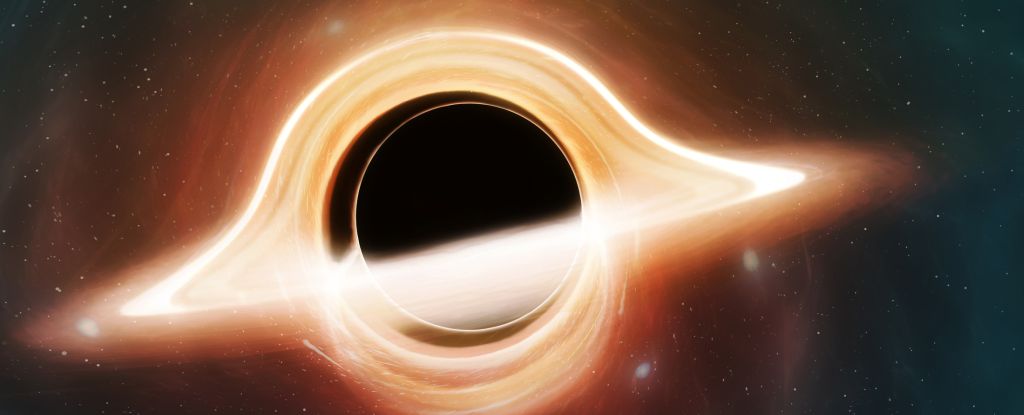It seems we have finally discovered at least some of the “lost” stuff in the universe. Black Hole.
In a star cluster called IRS 13 near the center of the galaxy, Black Hole What’s more, the way these stars orbit in clusters suggests that the black hole is rare: one that’s in the intermediate mass range, somewhere between stellar-mass black holes and supermassive monsters.
Such intermediate-mass black holes are extremely rare, making IRS 13 intriguing in its own right, but even more intriguing is its location.
Located just 0.1 light-years from the centre of the Milky Way, this black hole is thought to be one of the building blocks behind the continued growth and evolution of the supermassive black hole at the centre of the Milky Way, Sagittarius A* (Sgr A*).
This is a crucial clue that can help us understand how black holes grow and bridge the gap between stellar masses and supermassive black holes.
Black holes are the evolutionary endpoint of the lives of massive stars, but the observed masses of these objects are puzzling.
In the stellar mass range, there are black holes that form from the collapsed cores of massive stars (and Their mergerFor a black hole formed from a single star, the upper limit on its mass is about 80 times the mass of the Sun.
The mass range for supermassive black holes is not clearly defined, but is generally thought to be millions to billions of times the mass of the Sun. The intermediate mass range is about 100 times the mass of the Sun to 100,000 to 1 million times the mass of the Sun. Surprisingly few objects have been found.
What makes this so striking is that there is an evolutionary path between small and large black holes.
There are gaps in the observational statistics of stellar-mass and supermassive black holes that cannot be easily explained, meaning there is little or no evidence of growth from one point to the other.
IRS 13 discovered Exactly 25 years agoIt has puzzled astronomers ever since. It was first thought to be a single massive star, but then Binary star. after that Wolf-Rayet stargiant star On the brink of a supernova explosion.
after that, As a small clusterBut it’s still puzzling: The cluster is so close to Sagittarius A*, a black hole 4.3 million times the mass of the Sun, that there’s no way such a cluster could maintain its close-knit structure.
A team led by astrophysicist Florian Peisker of the University of Cologne in Germany wanted to solve this mystery, so they studied the movements of the stars and gas clumps in the cluster. While the researchers expected the movements to be relatively random, they found that they were actually very orderly.
There are two possible explanations for this: One is that the influence of Sgr A* is somehow tweaking the orbits of the objects in IRS 13. But the team reasoned that there must be something in the cluster that is gravitationally holding it intact.
They used observations and modelling to see if they could work out what that something was, and then tracked the movement of the cluster to pinpoint where the dense object might be.
There, researchers observed X-rays and a ring of ionized gas rotating at about 130 kilometers (81 miles) per second.
The researchers then used all these movements to calculate the mass of an object at the center of the ring, which would tip the cosmic scale to about 30,000 solar masses — the only possibility is an intermediate-mass black hole.
Future observations with cutting-edge instruments will likely provide deeper insight into this mysterious object, but for now the cluster appears to represent an important step towards understanding the evolution of black holes.
“IRS 13 appears to be an essential component in the growth of the central black hole SgrA*.” Peisker says:.
“This fascinating star cluster has continued to amaze the scientific community since its discovery almost 20 years ago. It was initially thought to be an unusually massive group of stars, but our high-resolution data now allow us to see its component parts, with an intermediate-mass black hole at its centre.”
This study Astrophysical Journal.


